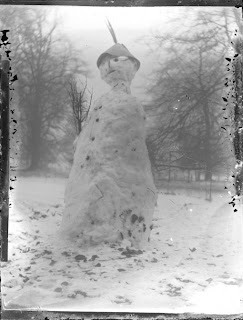DUE THURSDAY: graphic organizers from everyone on your chosen photojournalist. We begin presentations. This MUST be on a thumb drive. Anyone one not prepared either in terms of having the work on a thumb drive, or simply not having completed the assignment, may make it up after school next Tuesday for a C grade.
Over the next two days we are looking at images, at which time you will have the opportunity to verbalize what you observe within the photographys what you observe in terms of composition and lighting.
Lighting
Light conditions make or break a shot. Color, direction, and light quality are all important variables to consider. Here are a few techniques for getting the things right under tricky conditions.Color of Light The color of daylight, however, has a profound effect on the atmosphere of a photograph, and knowing how it affects the emotional content of an image enables you to control the mood.
Direction of Lighting
The direction of light in a photograph has a significant effect on color, form, texture, and depth in an image.
Sidelighting comes from the left or right of a subject. Because it scrapes across from side to side, it creates a trail of intriguing large and small shadows.
Light Quality
Soft light awakens worlds of subtle hue and gradation and provides a gentle but pleasant modeling in a landscape
You can't alter the quality of natural light in a setting , so it's good to match it to a compatible subject: hard light complements graphic lines, soft light is good for portraits.
Moonlight
You can photograph two types of moonscapes: those that feature the moon itself (both full moons and crescent moons are nice) in the frame and those that are simply landscape exposed by the light of the moon.
The best time to shoot landscapes that include the moon is shortly after the sun has set, just as the moon is rising.
Landscapes illuminated exclusively by the full moon but not including the moon can make eerie, ethereal pictures.
Silhouettes
In photography, the simplest and most effective way to reveal a shape is by creating a silhouette.
To create silhouettes, simply put an object in front of a bright background and expose for the background.
It's important to remember that the subject be entirely surrounded by the bright background.
Using the Flash

No comments:
Post a Comment